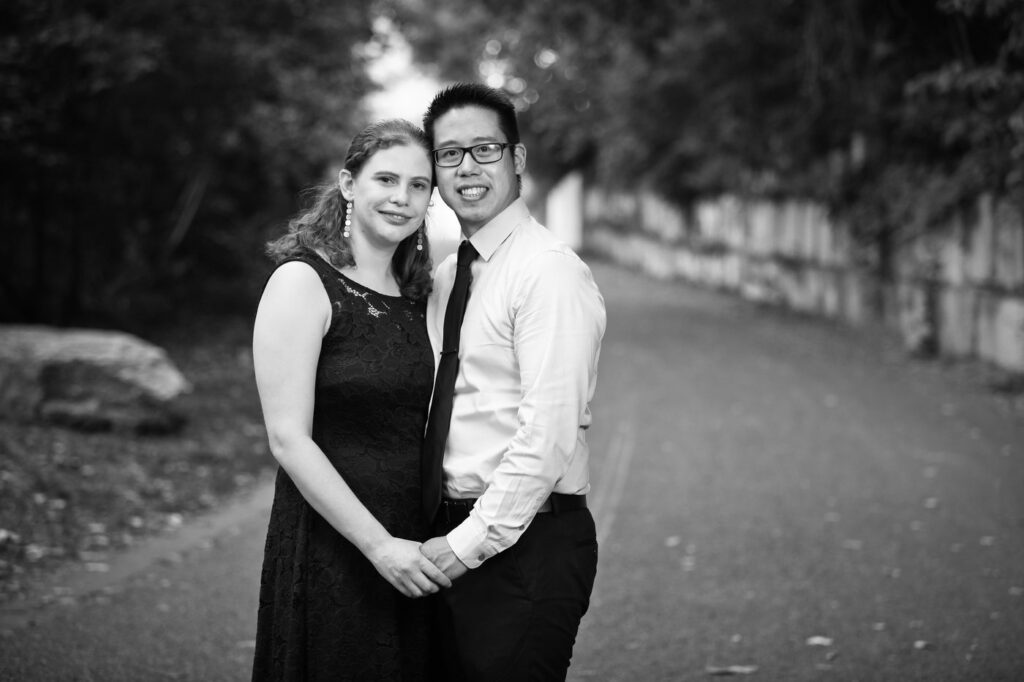Great composition is perhaps the one thing that separates great photographers from average picture-takers.
Composition is essential for creating visually appealing and impactful photographs.
Composition is the reason I set my camera up on a tripod before asking someone else to press the shutter button for our family pictures.
So I want to take a look at three concepts that can drastically improve the pictures you take. These few key principles can transform ordinary scenes into extraordinary images.
 1. Use the Rule of Thirds
1. Use the Rule of Thirds
The rule of thirds is one of the most fundamental principles in photography composition. It involves dividing your frame into nine equal parts by two equally spaced horizontal and vertical lines. The idea is to place your subject along these lines or at their intersections.
Another variation of this rule (and the one that I use the most often), is to place the subject in the left third or the right third of the image rather than directly on one of those dividing lines.
This creates a more balanced and engaging image, as opposed to centering your subject, which often results in a static, less interesting photo.
Pro Tip: Many cameras and smartphones have a grid overlay feature that can be activated in the settings. Turn on this grid to help you visualize and apply the rule of thirds more easily while composing your shots. You should only have to do this for a short while before you naturally use the rule of thirds without thinking about it.
2. Incorporate Leading Lines
Leading lines are lines within a photo that guide the viewer’s eye through the image, often towards the main subject. These lines can be roads, rivers, fences, architectural elements, or anything else. Leading lines not only add depth and perspective to your photos but also help create a sense of direction and flow.
When composing your shot, look for natural or man-made lines that lead toward your subject within the frame. Position yourself and your camera in a way that these lines start from the edges of the frame and lead inward, drawing the viewer’s attention to the subject.
Pro Tip: Practice finding leading lines in everyday settings. Start with obvious ones like roads and paths, and then challenge yourself to find more subtle lines in less apparent places, such as shadows or patterns in nature.

3. Frame Your Subject
Framing involves using elements within the scene to create a “frame” around your main subject. This technique draws attention to your subject and adds context to the scene.
Frames can be found in nature (such as tree branches or archways) or can be man-made (such as doorways or windows). Framing can add depth and layers to your photo, making it more visually compelling.
To utilize framing, position yourself so that the elements in the scene form a natural border around your subject. This not only focuses attention on the subject but also gives the viewer a sense of the environment in which the subject is located.
Pro Tip: Experiment with different types of frames. Try using foreground objects like leaves or architectural features to create a frame within a frame, adding an extra dimension to your photos.

Summary
Here’s my challenge for you. Take one of these three compositional elements and try to incorporate it into your photography for a while. Then try another one.
Once you know how to apply these techniques, you will also know when it is appropriate not to use them. For example, you can break the rule of thirds and place your subject right in the center of your frame if you have leading lines that would draw your attention to the center.
Eventually, these things become natural. In fact, it’s amazing how many times I will take a picture, set my camera down, and then pick my camera up and take the same picture with the exact same framing, depth, etc. It’s because I instinctively apply these concepts to the extent that I know what I want and can do it over and over again without thinking.
Practice these techniques regularly to develop your own compositional skills and take your photography to the next level!
Which of these techniques were you already aware of, and which ones do you need to practice?
 1. Use the Rule of Thirds
1. Use the Rule of Thirds